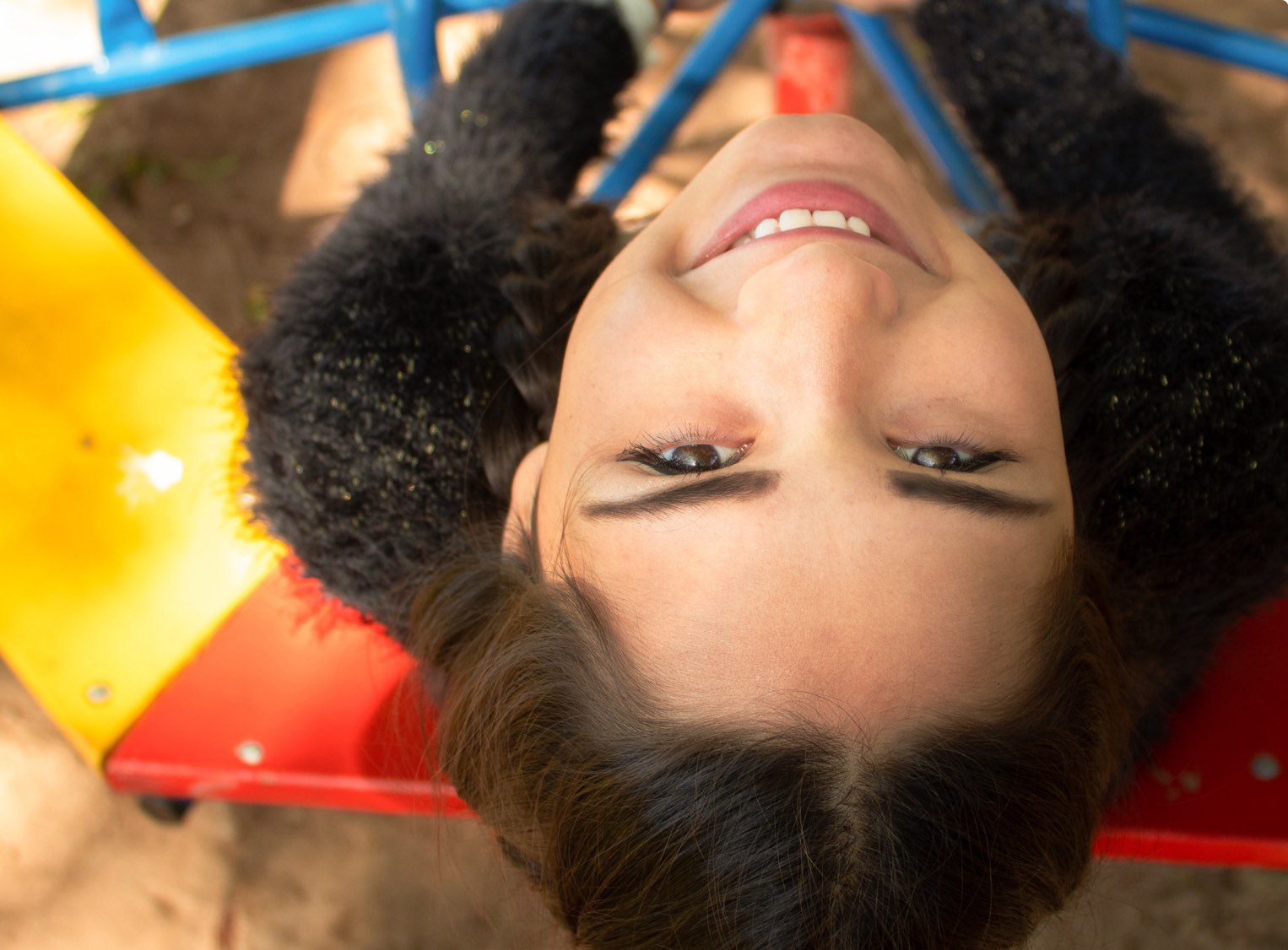This one hour training session is designed to help refresh your knowledge and the knowledge of your staff on the importance of having sensory regulating strategies built into the classroom or your setting.
Sensory regulation in the classroom training outline
This session is aimed at those who already have a basic understanding of sensory processing and sensory differences. The session is to be delivered by someone who has had training in sensory processing.
- Watch this video which explains why regulation is so important for educators.
- After watching the video, in small groups ask participants to brainstorm examples in their practice when they are expecting individuals to have ‘their cortex open for business’. Get feedback from each group.
- From watching the video, can you explain why it is so important to understand about regulation in the classroom/your setting?

- Remaining in small groups, ask half of the groups to write down the strategies they use to calm down/regulate themselves when they are feeling stressed, anxious or dysregulated, and the other half of the groups to write down ways that learners/individuals they work with use to calm down/regulate themselves. These might be adaptive strategies or maladaptive strategies (such as self injurious behaviour).
- Get feedback from each group.
- How many of these were sensory strategies? or were environmental changes?

- In the small groups, you are now going to do an experiential auditory listening exercise.
- You will need to print out an article from a magazine or a newspaper about 250 words long and at the end of the article write 4 questions related to the content of the article. Ask the group members to number themselves 1 – 6. Each number has a role: Number 1 is going to read the article out (don’t let anyone else see it), number 2 is going to listen to the reading, numbers 3 and 4 will tap number 2 (the listener) on the head and back constantly, numbers 5 and 6 will stand over number 2 singing a song loudly throughout the time of the reading. Just check that number 2 is still happy to be listener, this is stressful so they may need to swop with someone else in the group.
- You can see from the video below what it will look like. (Thank you to the staff at Holly Grove School, Burnley for giving me permission to use this)
- When number 1 has finished reading out the article, ask the group to sit down and then number 1 will ask number 2 the four questions. See how many they get right!
- Now the important part, get participants to consider why this was so difficult, how did they feel etc?
- Then get them to think how this exercise might relate to their classroom or setting. How does this relate to regulation and arousal levels?
- What might they need to consider or change in their classroom/setting? How might the environment impact on an individual with sensory processing differences? ( You could use the information on changing the environment in this newsletter to extend this part)

- Having considered the environment and its impact, now turn to thinking about what sensory regulating strategies you could put in place for the whole class. What could you embed into daily routines and how could you deliver your curriculum in a way that aids regulation? Stress the importance here of the big picture. If you get your class/setting environment right and also have sensory regulating strategies embedded into the day and the curriculum (a sensory lifestyle) you will help all the individuals to be more regulated and therefore available for learning.
- To finish you could return back to the video, how does what you have learnt today apply to what you learnt in the video
- What one thing are you going to go away and do after this training?



